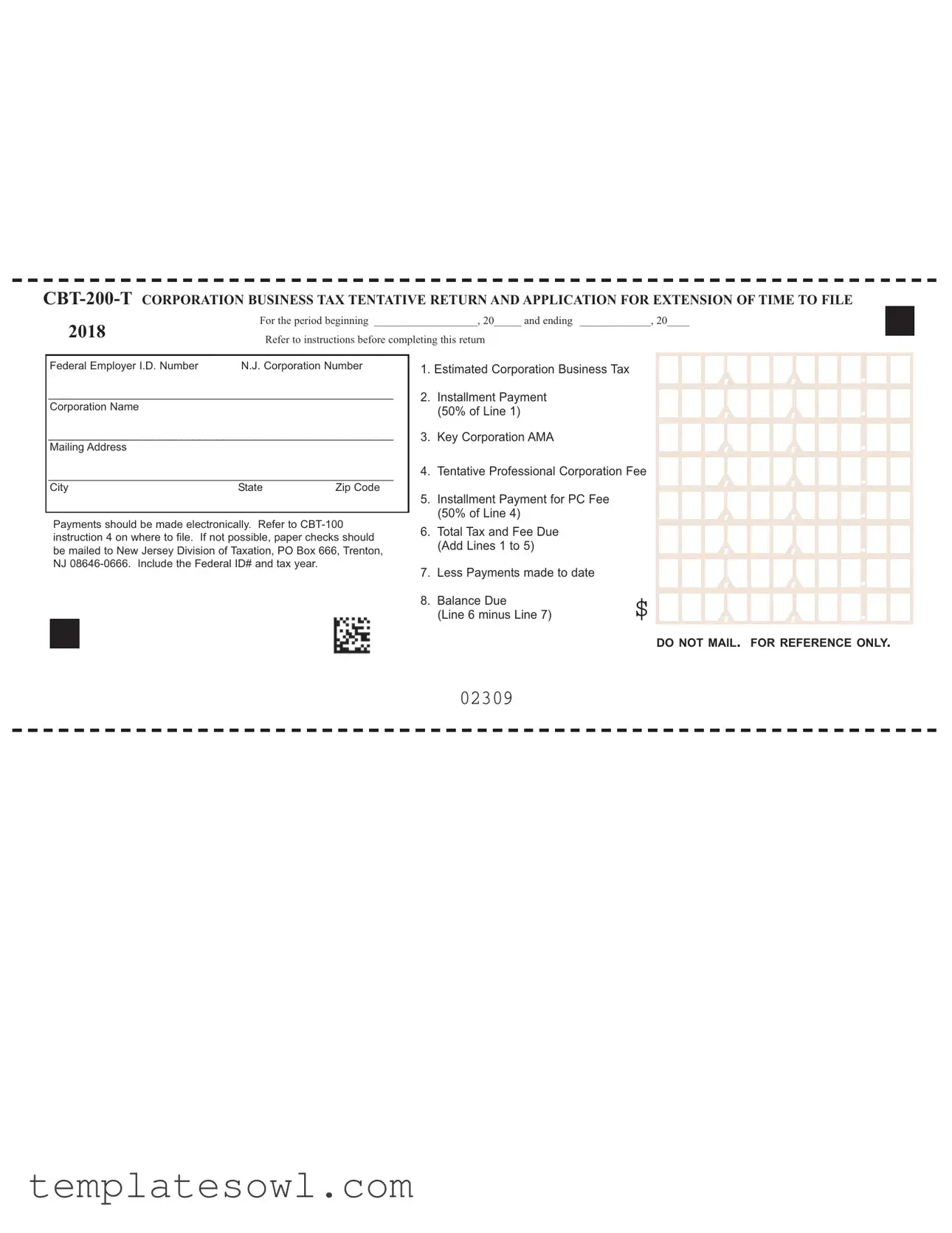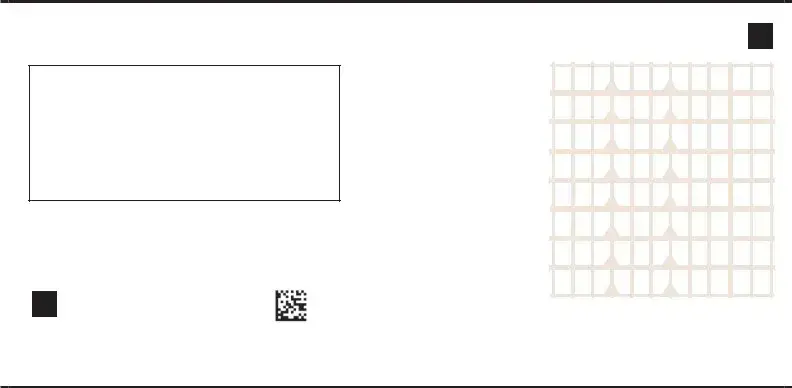Filling out the CBT-200-T form can be a straightforward process, but there are common mistakes that individuals often make. One frequent error is failing to provide the correct Federal Employer Identification Number. This number is crucial for the identification of your tax entity. Inaccurate information can lead to delays in processing your return and may incur additional penalties.
Another common mistake is neglecting to include the N.J. Corporation Number. Omitting this information can result in confusion regarding your company's identity and may hinder proper communication with tax authorities. Ensuring that all necessary identification numbers appear correctly on the form is essential.
People often forget to verify their corporation name and mailing address. Errors in these areas can affect where your tax documents are sent, potentially leading to missed notifications or deadlines. Carefully reviewing this information before submission can help prevent these issues.
Inaccuracies can also arise from miscalculations. Completing the sections for the estimated corporation business tax and installment payments requires attention to detail. Errors in these calculations may result in underpayment or overpayment, affecting your financial standing. Double-checking your math can save time and stress.
Another mistake that is frequently observed is not subtracting payments made to date correctly. This miscalculation can lead to incorrect balance due amounts, creating challenges when trying to resolve discrepancies with tax authorities. Keeping accurate records of payments made is vital for this process.
People sometimes misunderstand the structure of the form. For instance, forgetting to complete the section for Tentative Professional Corporation Fee can leave your return incomplete. Each line item on the form is important for calculating your total tax properly, and overlooking even one can cause complications.
Not referring to the accompanying instructions before filling out the form can lead to several mistakes. The CBT-200-T has specific guidelines that must be followed, and omission of these instructions can result in errors that might have otherwise been avoided. Taking the time to read the instructions ensures a smoother filing process.
Moreover, it’s crucial to remember that electronic payments should be prioritized. Some individuals forget to check their electronic payment methods, leading to delays or failure to pay by the deadline. Always confirm that payments are processed correctly to avoid potential penalties.
Lastly, individuals may inadequately prepare for potential additional documentation that may be required. It’s wise to gather any necessary papers ahead of time to ensure everything is in order. By attending to these details, you can create a more efficient and less stressful filing experience.

